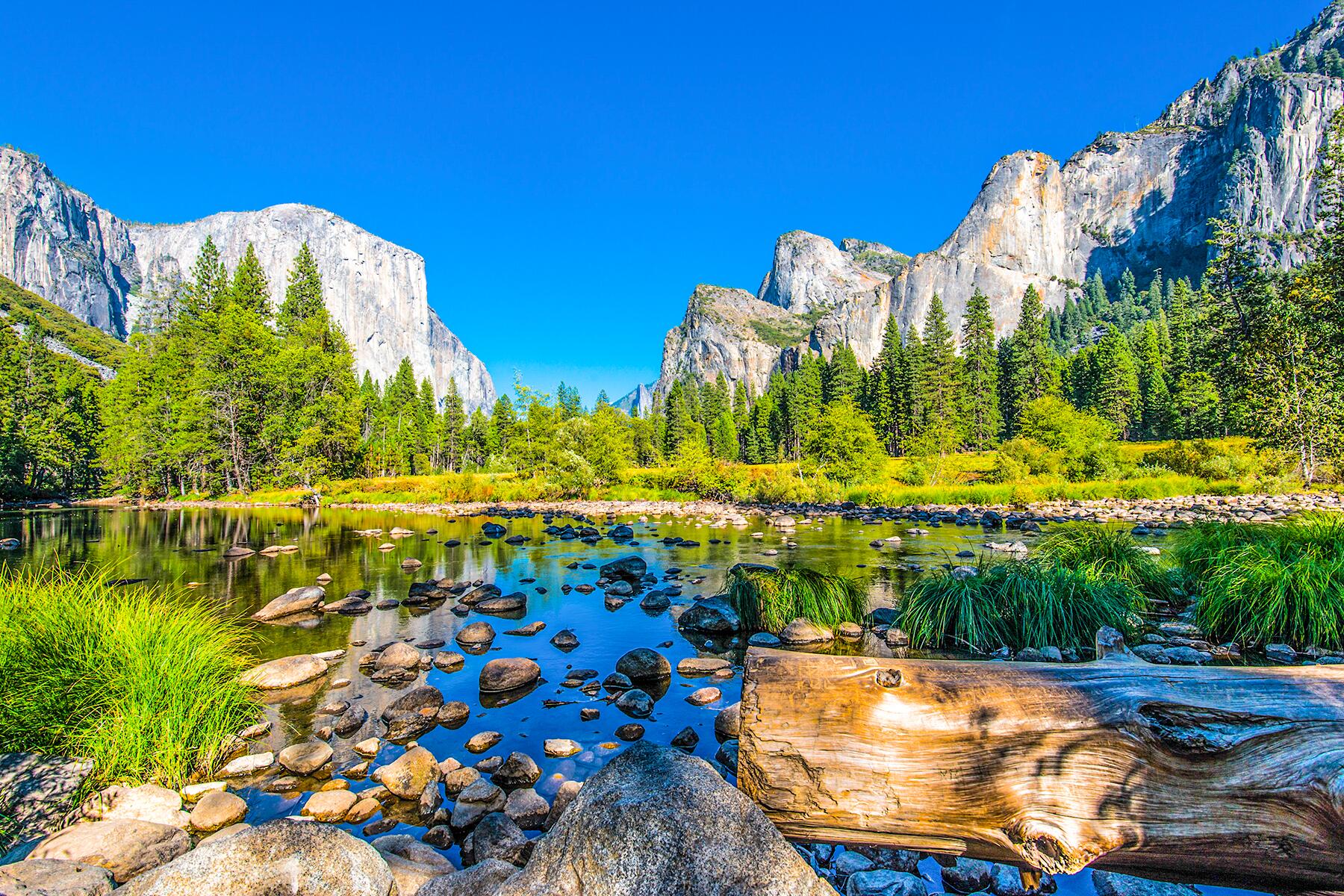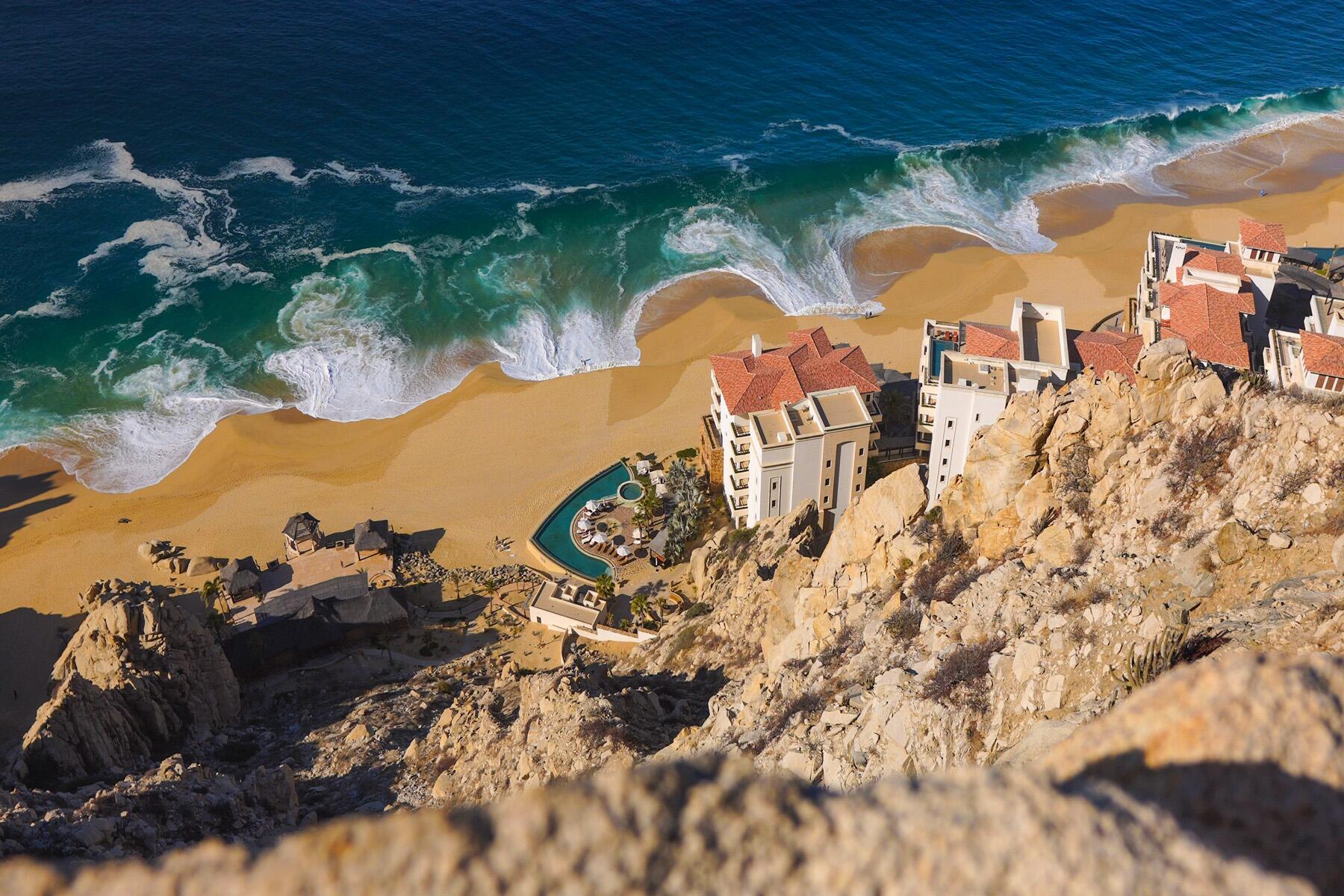Prepare to be enchanted.
Perhaps most known for the impressive Patagonian Ice Field and Torres del Paine National Park, Chile is a playground for adventurers seeking wild and remote places. Yet as throngs of visitors clamber over Chile’s south, in its north lies one of the most overlooked and beautiful destinations in the world, the Atacama Desert. For the ancient Atacameños people, the desert landscape holds a deep spiritual significance and connection to planet earth. They believe its vast salt flats, thermal geysers, majestic volcanoes, and intense blue lagoons are living beings, embodying various kinds of spirits, such as those of their ancestors.
Today, people visit the desert for solitude and to see the stars. As the highest and driest desert on planet earth, the climatological and geographic characteristics of the Atacama give it a privileged position as one of the best places on the planet for astronomy. With some of the most majestic and wildest landscapes we’ve seen, the Atacama is definitely worth an extended visit. Explore it at your own pace by hiring your own 4×4 and camping out under the stars, or support local indigenous businesses by taking a guided tour. However you choose to visit, you will be changed for having experienced this magical place.




